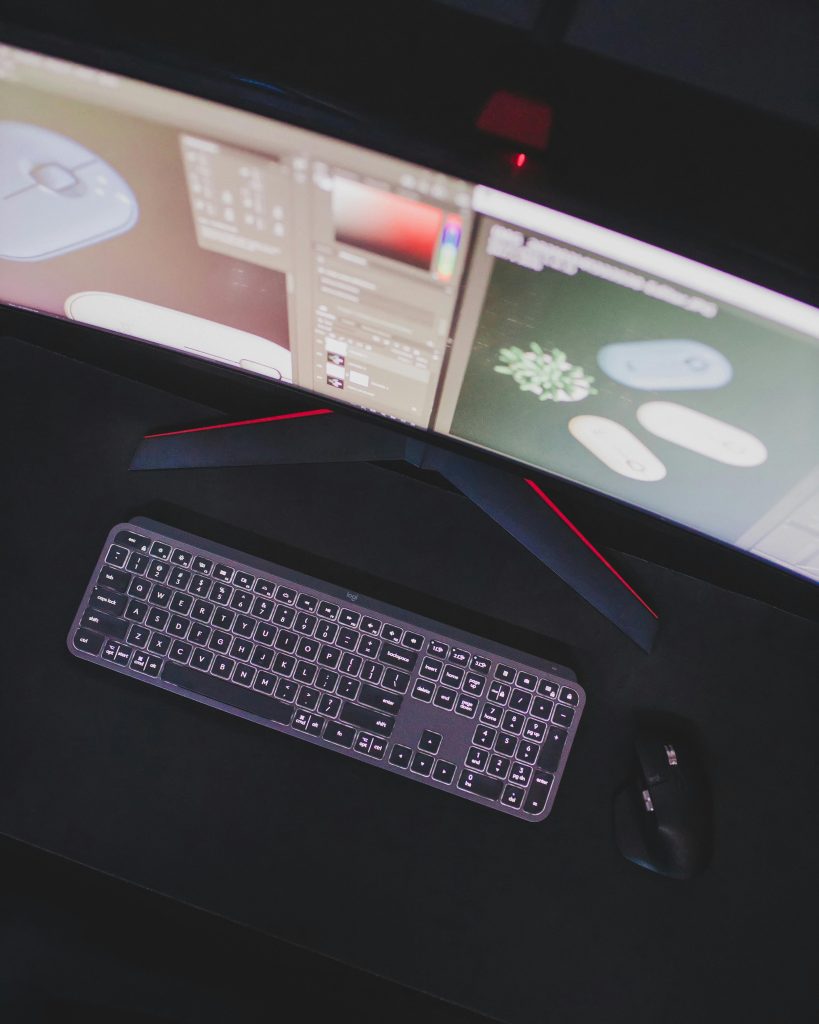Professional Blog Article:
Title: Troubleshooting Persistent Blue Screen of Death and Force Reboots on Lenovo V15-ADA Laptop
Introduction:
Encountering recurring blue screens of death (BSOD) and unexpected system shutdowns can be a frustrating experience, especially when you’re unsure of the root cause. If you own a Lenovo V15-ADA laptop and have faced similar issues, this guide aims to provide a comprehensive overview of common problems, previous repair attempts, and recommended steps to diagnose and resolve the issues effectively.
Laptop Specifications:
– Processor: AMD Ryzen 3
– Memory: 8 GB RAM
– Storage: 256 GB NVMe SSD (recently replaced)
Background of the Issue:
Since July, the user has been experiencing recurrent BSOD errors and system crashes. The device has been inspected and serviced by two technicians:
-
First Technician’s Intervention:
Addressed overheating issues by performing a deep cleaning of the internal components. The technician also mentioned the application of thermal paste to improve heat dissipation, which is a standard procedure for overheating problems. -
Second Technician’s Intervention:
Focused on storage and memory health. It was identified that the RAM’s health was below 90%, prompting a suggestion to replace or upgrade it. Additionally, concerns about the ROM (Read-Only Memory) were addressed, although specifics were not provided. The technician recommended adding a 256 GB SATA SSD for additional storage and using the existing NVMe SSD as backup memory. However, due to cost considerations, the user opted to replace the NVMe SSD entirely.
Personal Handling of the Operating System:
The user installed Windows 11 Pro using a bootable device and proceeded to install various applications, including Riot Games and Google Chrome. During Chrome’s installation process, a BSOD occurred, and the system shut down unexpectedly. The exact error code was not captured, complicating pinpoint diagnosis.
Current Concern:
The persistent BSODs and system instability suggest underlying hardware or software issues. The user seeks advice on next steps before consulting another technician.
Recommended Diagnostic and Troubleshooting Steps:
-
Note Down Error Codes:
BSODs typically generate error codes or stop codes that provide vital clues. When the system crashes, try to record any error messages or codes displayed. -
Run Hardware Diagnostics:
Use Lenovo’s built-in diagnostics tools or third-party utilities to test the RAM, SSD, and other hardware components. Tools like MemTest86 can check RAM integrity,
Share this content:



